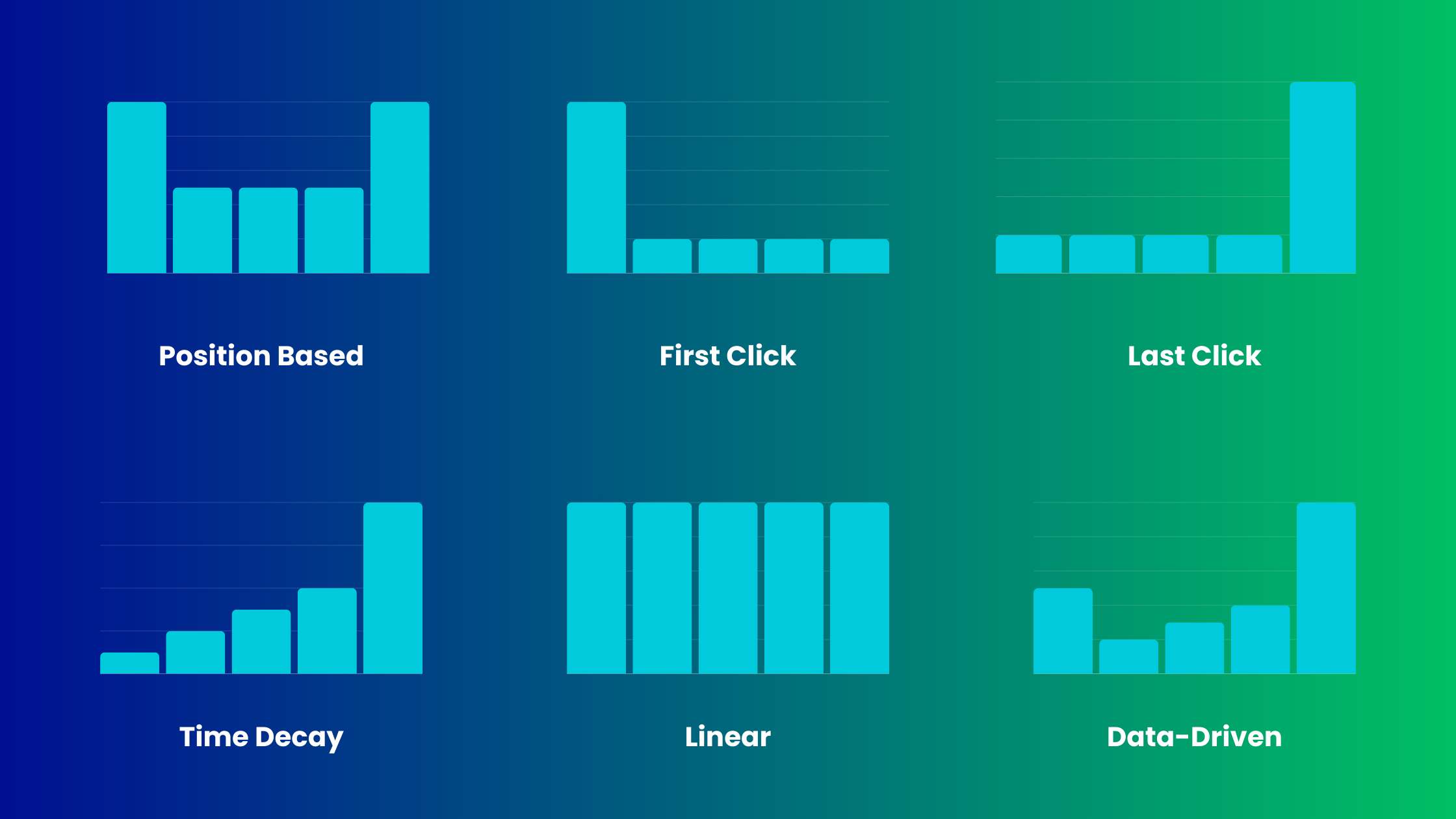Analytics Essentials: Attribution Models - What They Are & How To Choose One
Attribution models are crucial in digital marketing as they help you understand how various touchpoints across your marketing funnel contribute to business goals. No attribution model is perfect. They rely on tracking technology (In the days of old, these would be called “cookies” or “pixels”) and they and can only consider user interactions that are trackable.
It’s important to choose attribution models that align with your strategic objectives and provide actionable insights relevant to your business. Here's a breakdown of the most common attribution models along with their strengths and potential applications:
The Different Types of Attribution
Single-Touch Attribution Models
These assign all conversion credit to a single event in the buyer journey:
First-Touch Attribution: Gives 100% credit to the first touchpoint a user interacted with before converting. This is useful for highlighting channels that drive initial awareness and traffic. While it helps you understand which channels initially attract customers, it overlooks later touchpoints that lead to conversion.
Last-Touch Attribution: Assigns full credit to the last touchpoint before the conversion. This emphasizes the channels that most recently and directly drive sales or leads. It's straightforward but tends to undervalue other touchpoints in the customer journey.
Last Non-Direct Click: This is similar to last-touch but excludes direct visits to your site (when a customer types the URL directly) to better understand the impact of marketing channels, not just direct brand searches. This is an uncommon method of attribution but interesting to consider when available.
Multi-Touch Attribution Models
These consider interactions across the entire customer journey and distribute credit accordingly:
Linear Attribution: Assigns equal credit to all touchpoints throughout the customer journey. It's simple to use but might not accurately reflect the true influence of each channel.
Time Decay Attribution: Gives increasing credit to touchpoints closest to the conversion. This recognizes that more recent interactions may have a stronger influence on the final decision.
Position-Based Attribution (or U-shaped): Assigns a pre-determined percentage of credit to the first and last touchpoints, with the rest distributed among the touchpoints in-between. Common percentages are 40% each to the first and last touch, with 20% divided across the middle touchpoints. This model emphasizes the importance of initial brand awareness and final conversion drivers.
Advanced and Algorithmic Attribution
Data-Driven Attribution: These models leverage machine learning and statistical algorithms to create a custom model based on your data, analyzing various touchpoints and their combinations to determine their unique contribution to conversions. It offers a highly individualized and customizable approach that yields a more sophisticated, nuanced result but requires significant data and computational resources.
Choosing the Right Model
The best attribution model depends on factors like your business model, sales cycle length, and marketing goals. Experimentation is key! Here's a basic guide to help you make an informed choice:
Long and complex sales cycles: Consider multi-touch models like linear, time decay, or position-based, or explore data-driven attribution.
Top-of-funnel awareness campaigns: First-touch attribution can be useful but consider combining it with other models for a more comprehensive picture.
Direct sales or lead generation: Last-touch or last non-direct click models may be sufficient.
Additional Considerations when choosing an attribution model for your marketing mix:
Tech Stack: Ensure your analytics tools and reporting systems can support the attribution model you plan to implement.
Industry Benchmarks: While your business is unique, looking at what models are commonly used by others in your industry can provide a helpful starting point.

